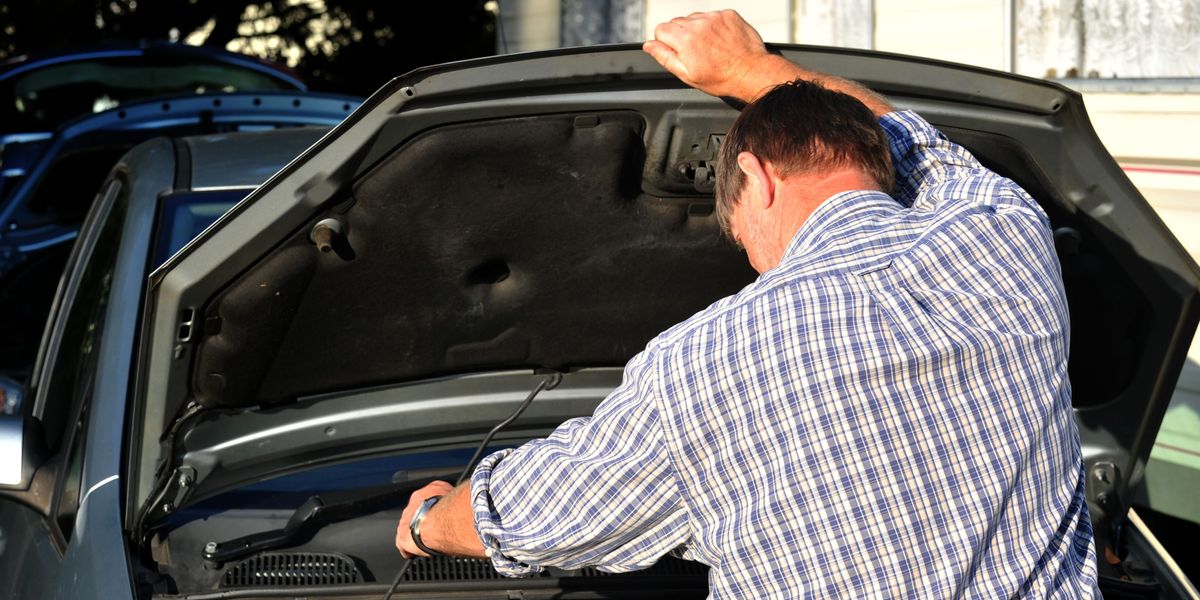The DVSA has found that one in 10 vehicles failed to meet all health and safety checks needed to be on UK roads between 2020 and 2022.
The inspection found that at least 10 per cent of vehicles checked has one or more defects spanning across running gear, lamps and reflectors, engine and associated equipment, brakes and suspension.
The DVSA looked at the level of roadworthiness across HGVs, public service vehicle fleets and other vehicles to determine whether they were compliant with UK road preferences.
The agency has been carrying out checks since 1997. Since 2018, the checks have been run over a two-year period, with PSV and HGV checks being run throughout the whole period.
Do you have a story you’d like to share? Get in touch by emailingmotoring@gbnews.uk.
DVSA checked 6727 vehicles over the period
PA
During the post-Covid time frame, the DVSA checked 6727 vehicles with more than 10 per cent falling short of UK standards.
A further 12.8 per cent of trailers checked were found to have at least one prohibitable defect, this included problems with brakes, running gear, lamps and reflectors, bodywork, suspension and engine and associated equipment.
The DVSA said: “The main reasons why this survey is funded by the DfT and carried out by DVSA are to determine trends in non-compliance with regulations and roadworthiness in order to gauge the effects of changes in legislation and the effectiveness of DVSA’s day-to-day targeted operations.
“It is also to provide information to help identify potential areas for targeting, so that DVSA’s work can be more focused and compare differences in condition and compliance between Great Britain (England, Scotland and Wales) and non-Great Britain vehicles.”
Meanwhile, examiners checked 2,540 vehicles for traffic offences and found that of these, 547 (21.5 per cent) had committed a serious offence.
The fines impose harsh penalties on drivers.
Some of the fixed penalty notices could result in either up to £300 fine or three points on a licence or in more severe cases, both.
The agency detailed: “DVSA checks are normally targeted, both on the locations where offenders are most likely to be found and on the vehicles thought most likely to be offending.
“Therefore, figures emerging from normal DVSA checks do not necessarily provide a picture of traffic offences and roadworthiness defects that is representative of the fleet as a whole.
“A fleet compliance check, using random locations and vehicles, is needed to obtain unbiased data.
“There are four potential measures for compliance with regulations and roadworthiness.
“The are the proportion of operators committing offences, the fleet in which offences were found. journeys made by vehicles which are committing offences and miles travelled by vehicles where offences are being committed.”
LATEST DEVELOPMENTS:
Vehicle inspections happen yearly
PA
Checks by the DVSA are reported every two years to ensure vehicles remain safe for both passengers and drivers on UK roads.

